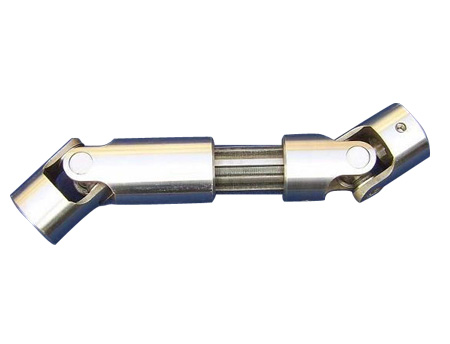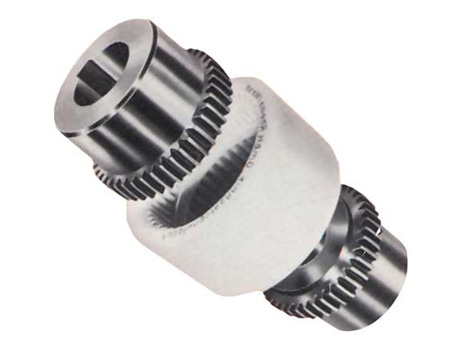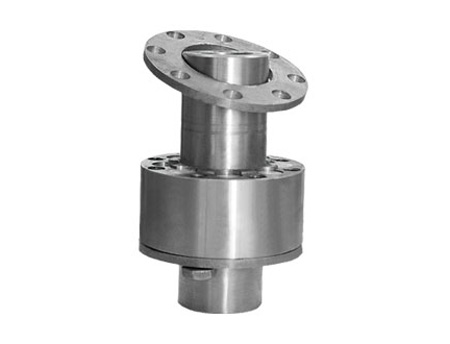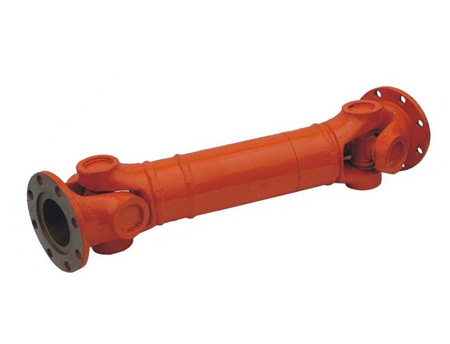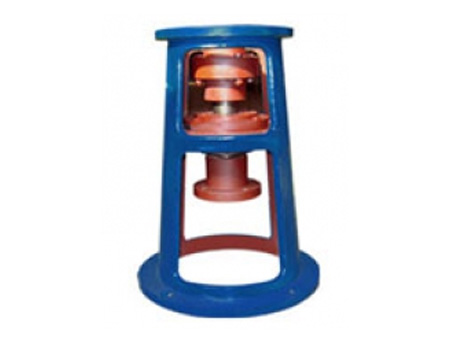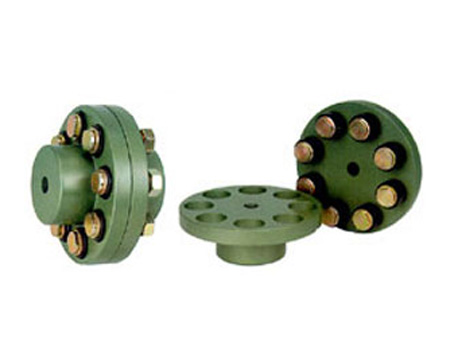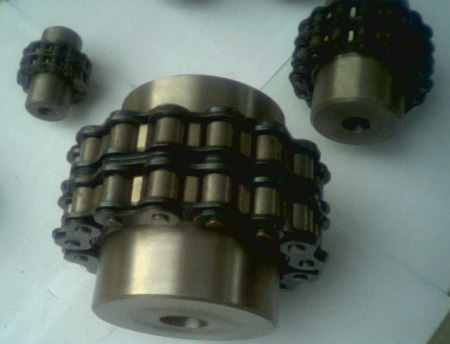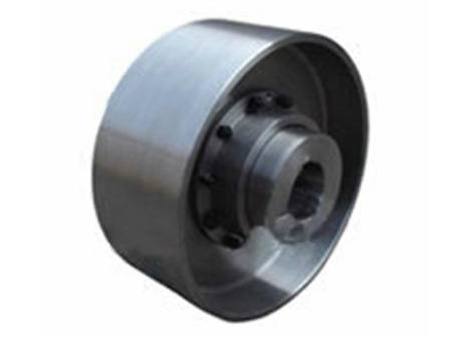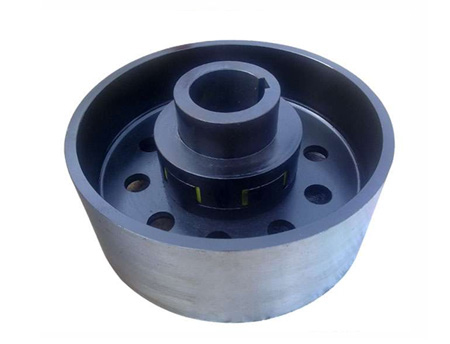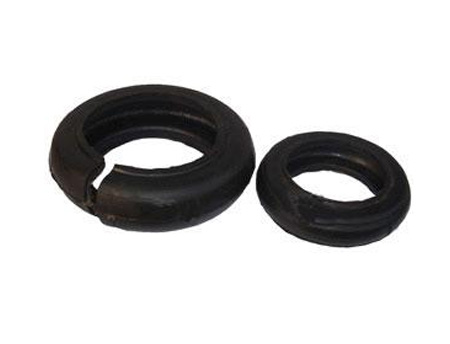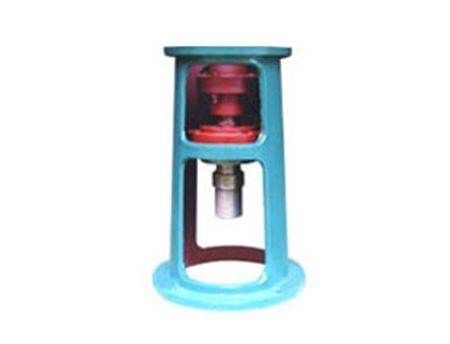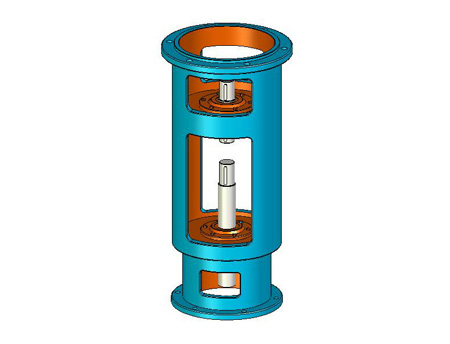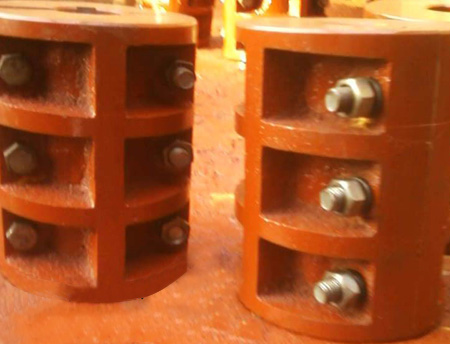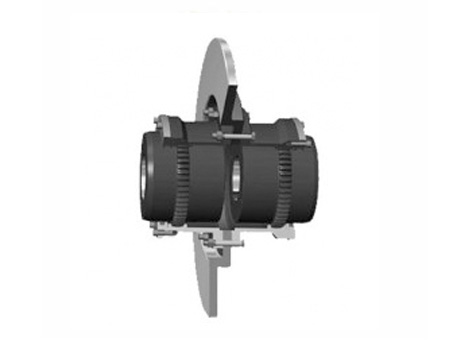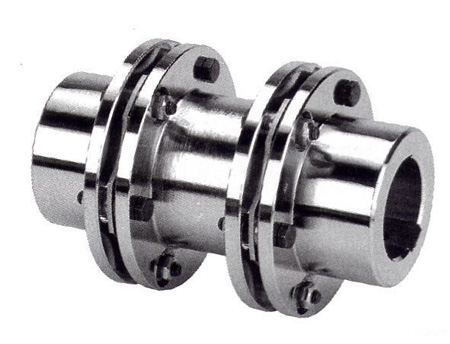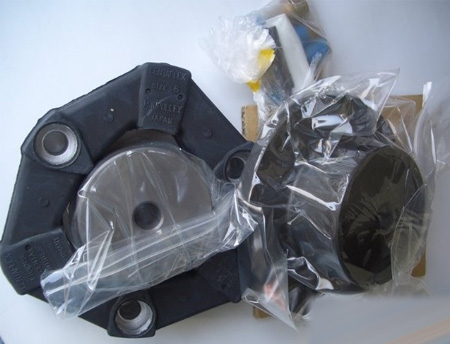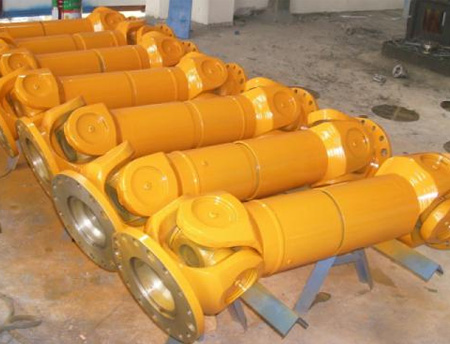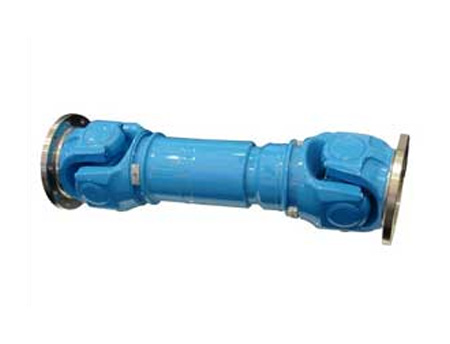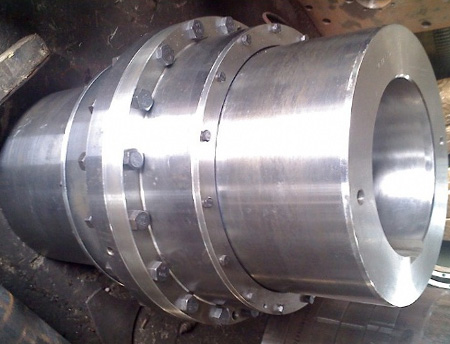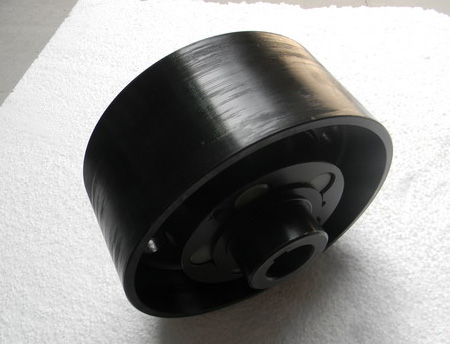Website: www.rigid-shaft-coupling.xyz
Address: Xihuan Industrial Zone, Botou City, Hebei Province
Coupling on the reducer and load problem
As a part of the transmission device, the coupling is also indispensable on the reducer.Pay attention to the following points when installing the coupling on the reducer:
XNUMX. The coupling is not allowed to be struck with a hammer. If you hold the assembly fixture and the internal thread of the shaft, use bolts to press the transmission parts in, otherwise it may cause damage to the internal parts of the machine.Good couplings do not use rigid fixed couplings, because this type of output shaft is equipped with transmission parts.The improper assembly of the coupling will cause unnecessary external loads, and even cause early damage to the bearing, or even break the output shaft when it is severe.
XNUMX. When the coupling is installed with the reducer, the centering of the transmission axis should be viewed squarely, and the error should not be greater than the compensation amount of the coupling used.A good coupling can prolong the service life and obtain the ideal transmission efficiency.
XNUMX. The oil in the oil drain groove of the coupling should be able to be drained, and the speed-up machine should be installed steadily on a stable base or base.And the cooling atmosphere is unobstructed and smooth.The foundation is unreliable. When the coupling is running, it will cause vibration and noise, and cause damage to the bearings and gears.When the transmission connecting parts have protrusions or use gears or sprockets for transmission, consider installing protective devices. When the output shaft bears a large radial load, the reinforced type should be selected.
The load problem of the coupling
Due to different structures and materials, the couplings used in the transmission systems of various mechanical products have very different bearing capacities.The load category is mainly for the impact, vibration, forward and reverse rotation, braking, frequent start and other reasons of the working load of the working machine to form different types of loads.In order to facilitate selection and calculation, the load of the transmission system is divided into four categories.
The load category of the traditional system is the basic basis for selecting the type of coupling.For working loads with large changes in shock, vibration and transfer knowledge, flexible couplings with elastic elements, that is, elastic couplings, should be selected to buffer, reduce vibration, compensate for axis deviation, and improve the performance of the transmission system.The torque during frequent starting, forward and reverse rotation, and braking is several times the torque during normal and stable operation. It is overload work, which will inevitably shorten the service life of the coupling elastic element. The coupling only allows short-term overload, generally short-term The overload shall not exceed 2~3 times of the nominal torque, ie [Tmax]≥2~3Tn.
Low-speed and heavy-load conditions should avoid the use of couplings that are only suitable for small and medium power, such as: elastic pin coupling, core-type elastic coupling, polygonal rubber coupling, tire coupling, etc.; need to be controlled The shafting system with overload protection should choose the coupling; the shaft system with large load changes and impact and vibration should choose the elastic coupling with elastic elements and good cushioning and damping effects.The load-bearing capacity of the metal elastic coupling is higher than that of the non-metal elastic element; the reliability of the elastic coupling of the elastic element is higher than the elastic coupling of the elastic element being sheared.
